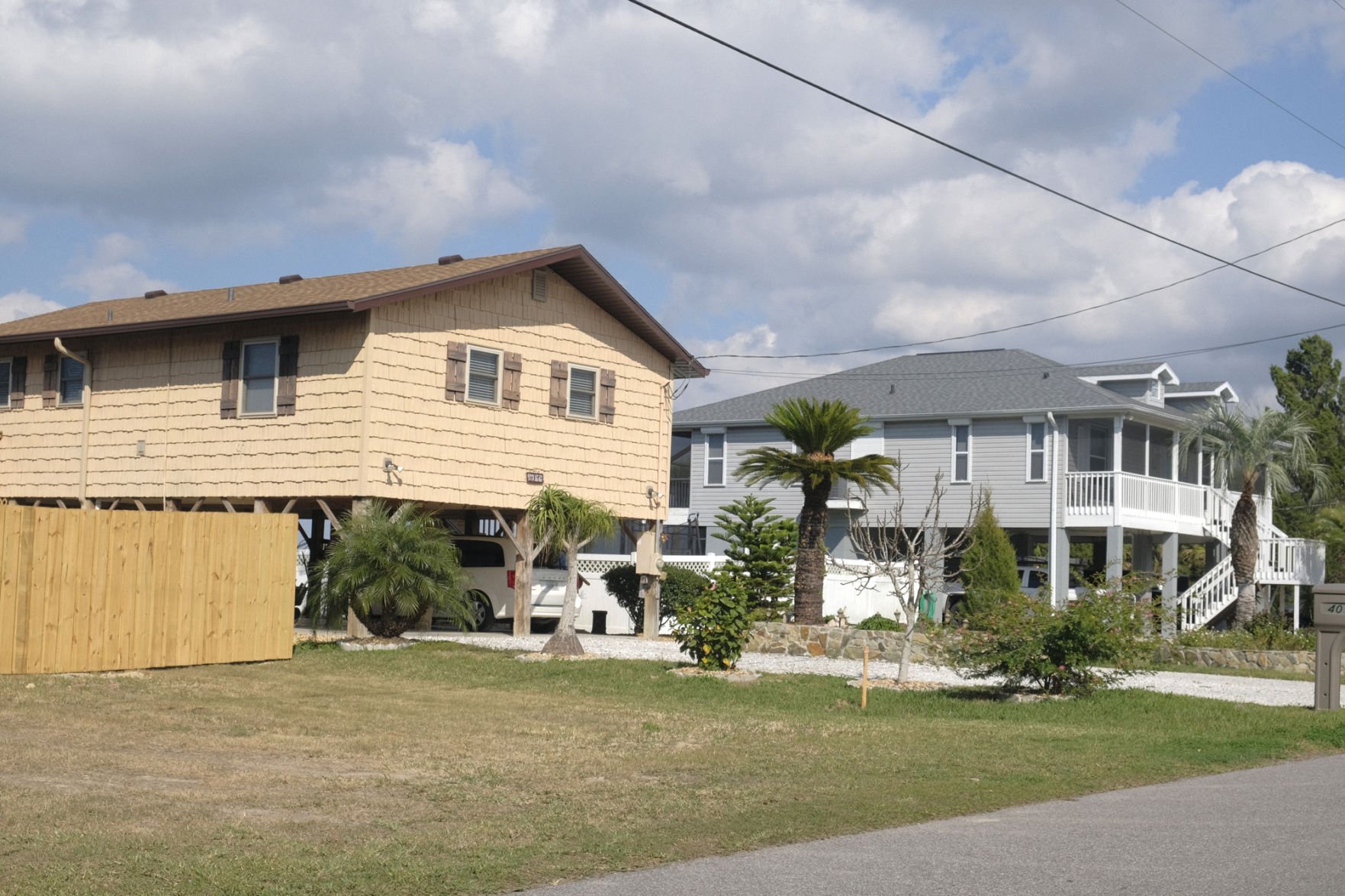

We thus leave open ended how quickly the 1-, 2-, and 4-foot elevation increases may occur. (BFE) means the calculated elevation or level above mean sea level that flood waters may reach during the base flood. However, some other studies with alternative scenarios with more expanded Greenland Antarctic glacier melting, or changes in the North Atlantic gyre may result in higher local sea level rise rates. The International Panel on Climate Change (IPCC, 2007) consensus range for sea level rise, applied to this region, is 1 to 4.5 feet by year 2100. Wave effects should be calculated based on the higher Stillwater including sea level rise. The relative sea level rise in southern New England has been somewhat less than 1 foot during the past century. Linear Superposition Add sea level to the final calculated total water level and redefine base flood elevation for regions where additional sea level is determined to impact the BFE linearly (ex. The selected 1-, 2-, and 4-foot elevation increases in this study were chosen as convenient management elevation markers. The base (100-year) flood elevations for BFE 4, 5, 6, and 7 on the main stem of the North River near or at Philadelphia and Palmyra, Missouri, are 560.5, 539.7, 504.2, and 494.4 feet above sea level. Base Flood Elevation The Base (100-year) Flood Elevation having a 1 percent chance of being exceeded in any given year. It is also referred to as the 100-year flood and is the basis for the NFIP administered by FEMA. The extrapolations were based on a digital data set of estimated bare earth elevations established by a 2007 aerial survey using LiDAR technology that was obtained from FEMA and which was used in part to prepare the 2009 updated Bristol and Plymouth County FIRMs (CDM, 2008). Base Flood A flood having a 1 percent (or 1 in 100) chance of occurring in any given year. We then expanded this baseline flood zone by adding 1-, 2-, and 4-foot to the base flood elevation (whether A or V zone). Using a recent assessor's data set, the number of buildings, their assessed values, and municipal structures are being enumerated within these various sea level rise expansion scenarios.įor this study, we considered only the landward most extent of the FIRM base flood (1% storm floodplain), and the published base flood elevation, to define the baseline flood zone used for this analysis. The existing floodplain will be extrapolated upward based on the FIRM base flood elevations. The floodplain will be expanded with 1-foot, 2-foot, and 4-foot increases in sea level. The Buzzards Bay National Estuary Program (BBNEP) and the Massachusetts Office of Coastal Zone Management are evaluating the potential expansion of the existing Federal Emergency Management Agency's (FEMA) 100-year floodplain using Flood Insurance Rate Map (FIRM) base flood elevations for Buzzards Bay municipalities. Buzzards Bay NEP / MCZM Study of Flood Zone Expansion with Sea Level Rise Introduction


 0 kommentar(er)
0 kommentar(er)
